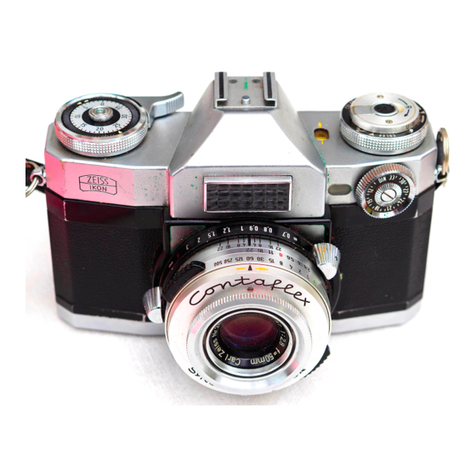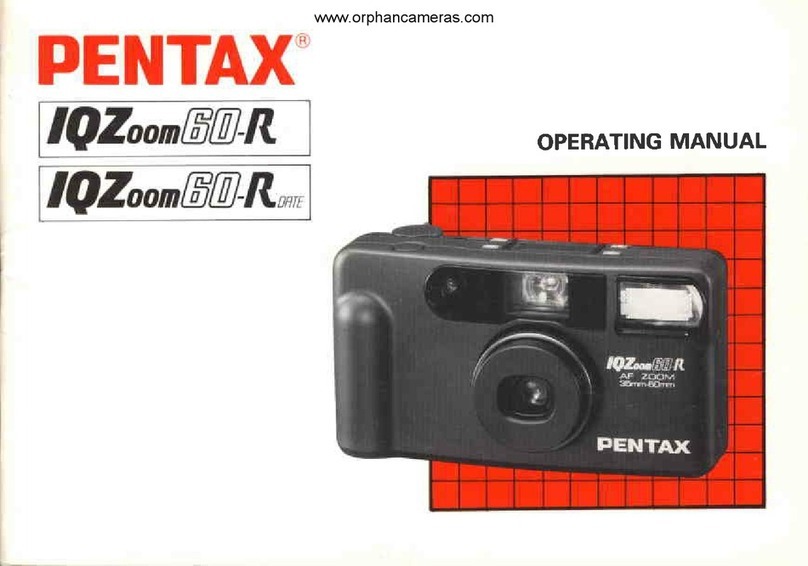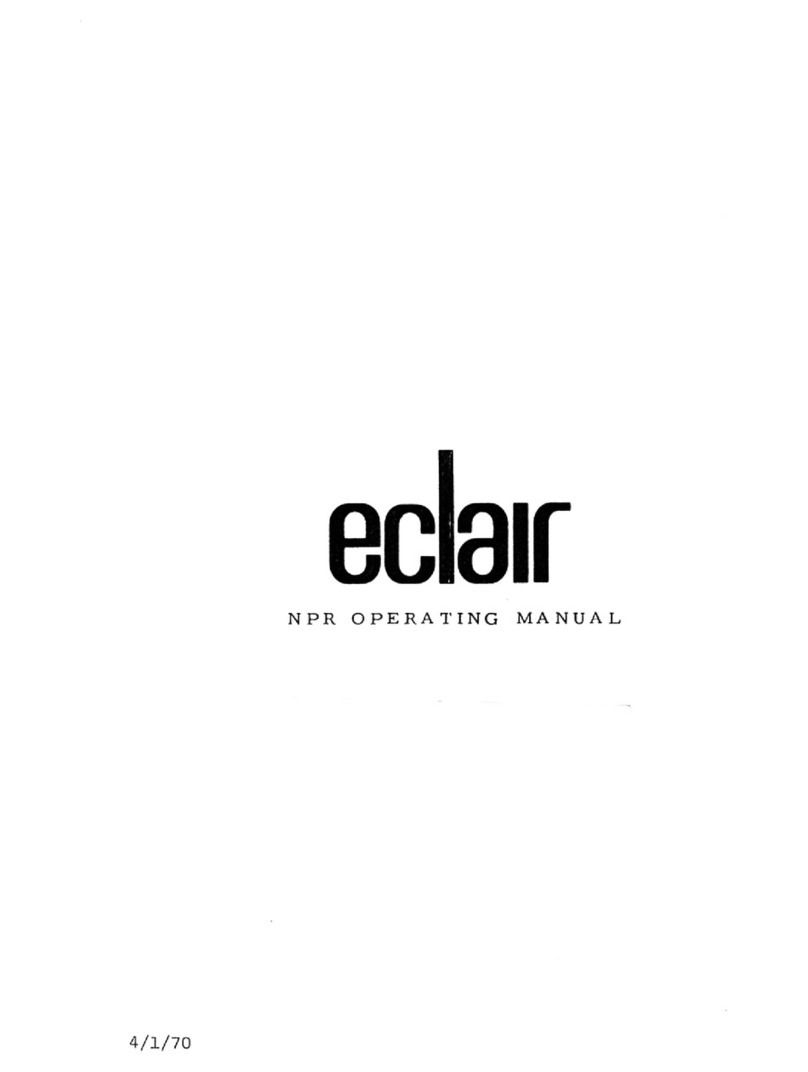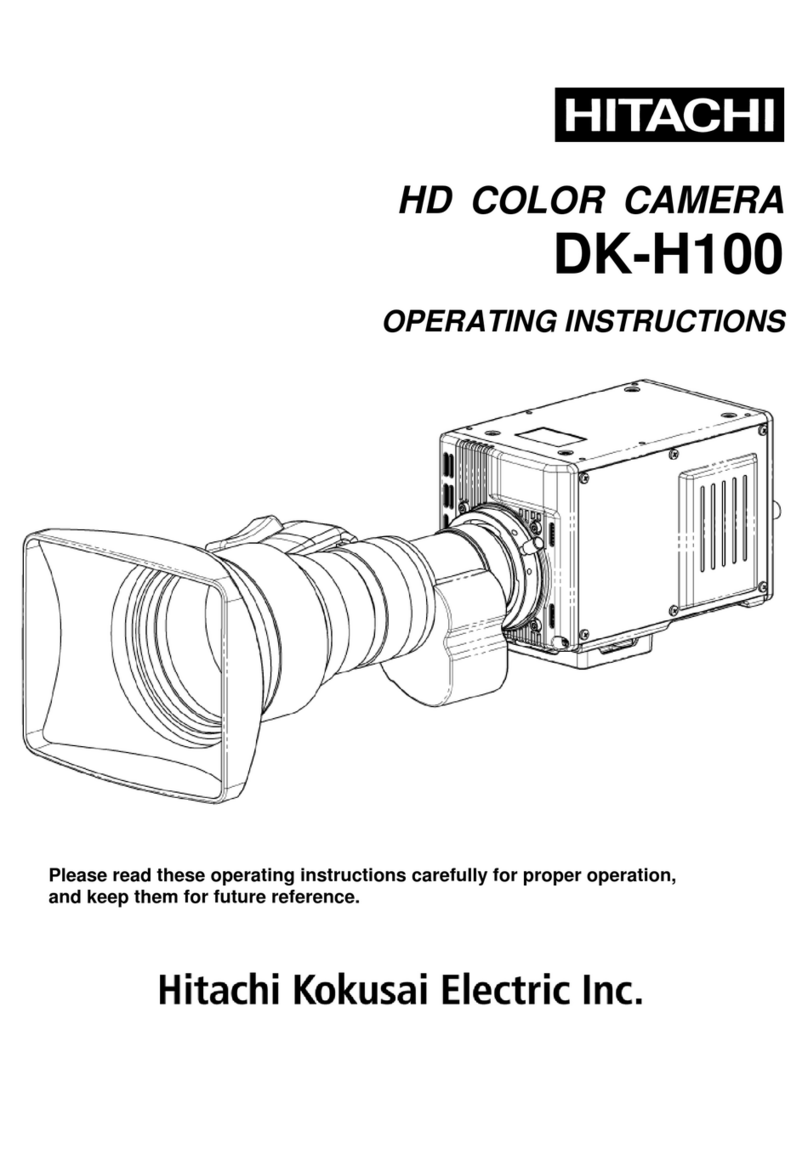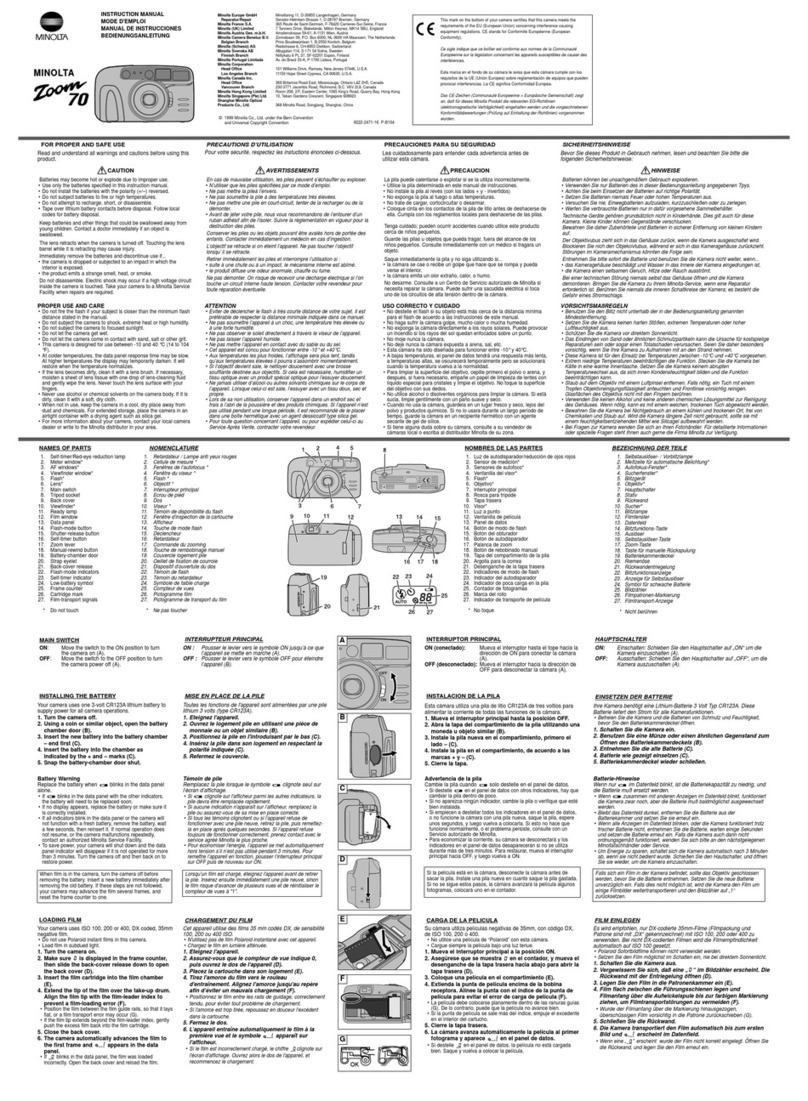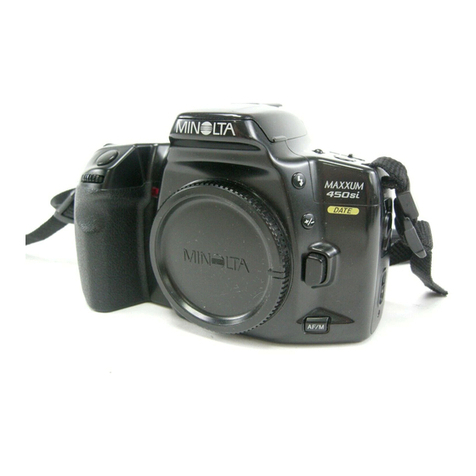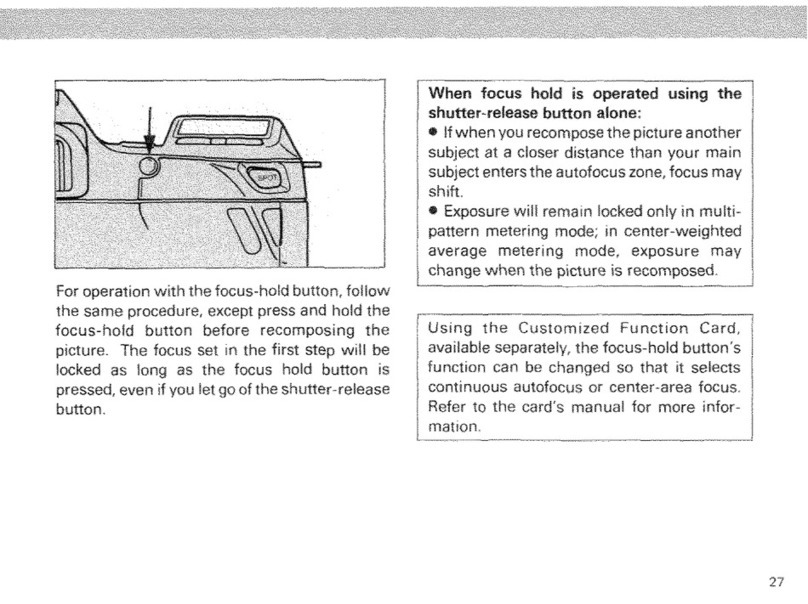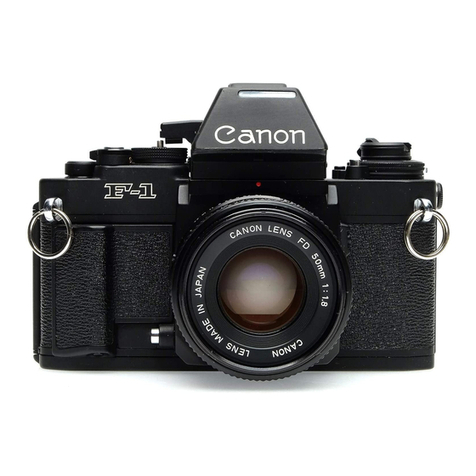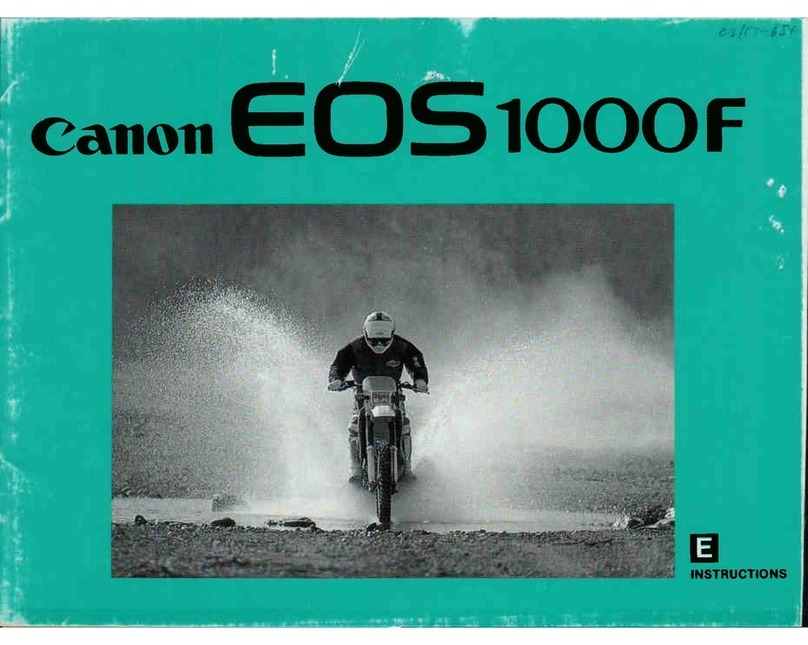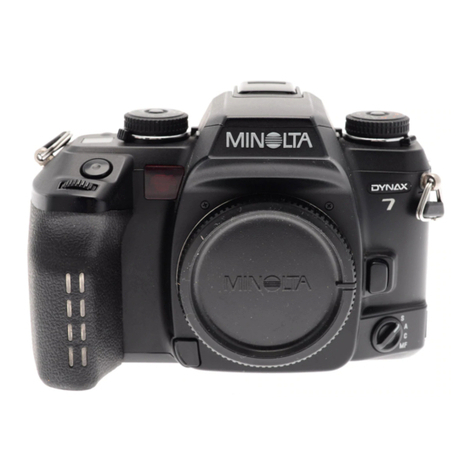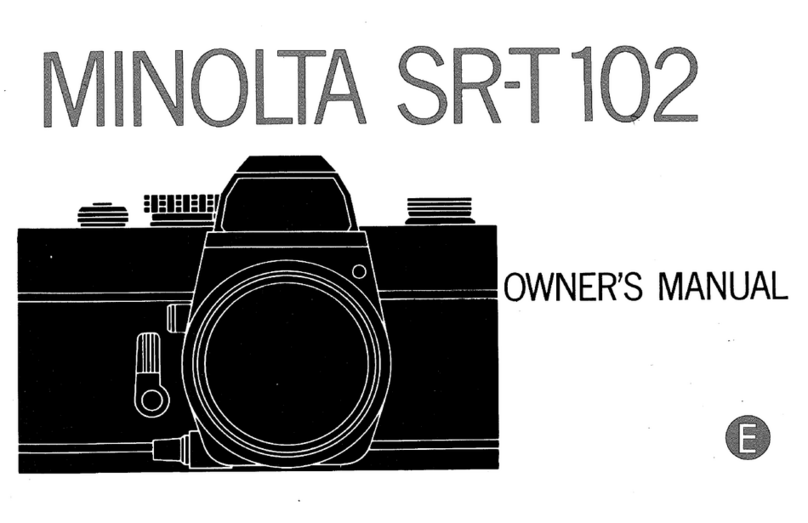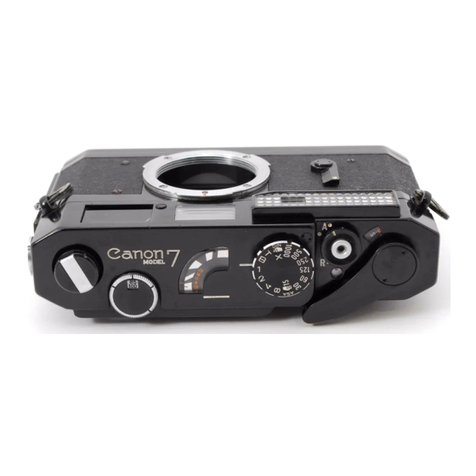
The IKOFLEX Ic
madeby ZEISS
IKONAG.STuficART is a twin-lens
mirror reflex camera with built-in exposure
meter
taking twelve2r/qX2r/n
ins.
exposures
on 120
roll ftlm
in blacl<
and
whiteor colour.
The viewing
lens
projects
an unusually
sharpand brilliant image
of the-su6ject
on to a -bright ground glass screen.
The readings
derivedfrom the exposure
meter can be seenon-a
scale
clearly visible at the front of the ground glass
screen.
Sinceboth the viewing and taking lenses,
which have equal focal lengths and speids, are
coupled,
the IKoFLEX canbe qui&ly adjustedwith
the useof only onehand. This permitsrapid opera-
tion andaccuratefocusing,
allowingthephotographer
to concentrate
on the composition.
Both the taking
and viewinglenseshavean anti-reflection
coatingto
prevent internal reflectionsand flares. The taking
lens is excellentlycolour-corrected,
ensuringcoloui
photographs
as well as blacl<
and white picturesof
superb deffnition. The thoroughly reliable ground
glassfocusingmechanism
allows the quality of the
high-speed
lens of the IKOFLEX to be utilised
to the full. The IKoFLEX Ic has a fullv svn-
chronised
shutter and an automatic fflm trinsport
lockto prevent
doubleexposures
and blanks.
Before
insertinQ
tbefirst film into your TKIFLEX
rc,
tbe operations described in this instruction book
sbould
be
practised
carefully.lf youtaketbis
trouble,
you will be
rewarded
by goodpictures
from tbeoery
beginning
and
your rKoFLEx will be
a neoer-ending
source
of pleasure
to you,
F"
F;
F
F
F
I
k



